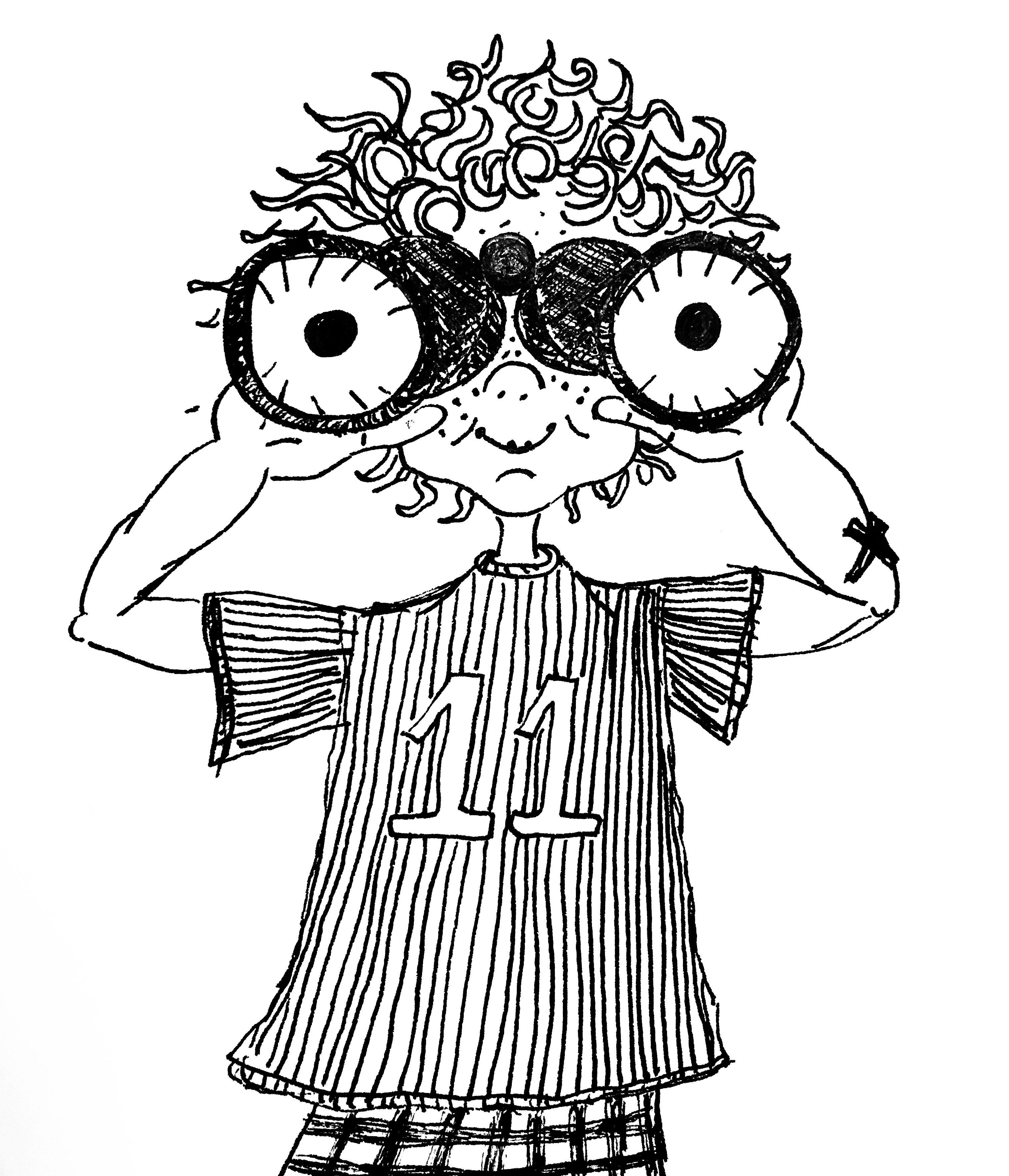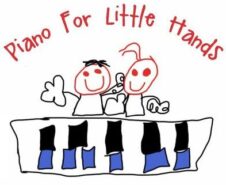A New Way To Be Creative

Recently, at a visit to the Guggenheim, I literally bumped into one of the other visitors -or, rather, he bumped into me. He was completely ignoring the Kandinsky exhibit that everyone had jumped through hoops, waited in lines and showed vaccine passports to see. Instead, he was zooming repeatedly from one wall of the exhibition space to the next, accompanied by high-pitched squeals. My legs were just a negligible obstacle that he quickly forgot about.
About two feet tall, he had clearly just learned how to walk, and was celebrating his newfound freedom, filled with an infectious mix of determination and excitement that seemed unstoppable -not least to his tired parents, who were trying to keep up with him.
As a teaching artist, it has become one of my favorite things to notice this spirit in humans, especially in children. Because, that is exactly where our creativity lives; that is our creative spirit. We struggle with obstacles to experience those moments where things just click: I see it in my students, who have worked hard learning to read music, and are suddenly able to learn new songs that I put in front of them, all by themselves. I see it in the eyes of my 3-year-old students, when they first experience that they have the ability to move their fingers separately, and actually make the piano play a melody they know.
They are filled with the same spirit that I saw at the Guggenheim, and immediately want to do more! After weeks of working and struggling, I hear things like ‘I like piano better than dinosaurs!’ or ‘I don’t exactly understand it, but she practices religiously’ or I simply see the pride on their faces, when they are able to follow a rhythm or play songs from a harder level than before. To me, there is nothing better than facilitating those experiences.
Marshall D Rosenberg famously said, that children learn, not because we make them, but because it expands their possibilities and enriches their lives. He said the greatest gift we have as humans, is the ability to make life wonderful, for ourselves and others. And being creative or learning new things, is one of the best ways to enrich life.
Schools, he said, often mistakenly try to help by setting testable goals or even punishments as motivators. We do it to help, of course, but we often just get in the way of the creative spirit. Instead, he suggested we simply focus on how we can enrich children’s lives:
We can show them new possibilities, and then trust that their built-in enthusiasm for expansion will take them there, like a built-in motor. In my practice, I call this easy creativity.
Looking Ahead
What are ways we can make creativity easy for children in the year ahead? How can we help them enrich their lives and expand their possibilities? We can keep it simple, and avoid getting in the way: Sign them up for one weekly class, not five; make one day a week art-day where we are allowed to draw and get messy at home; or take them to the Kandinsky, and watch them go. We can plant seeds and trust that they will grow.
In the past 2 years there have been lots of restrictions put on children’s learning, and looking ahead at the coming year, there will no doubt still be some restrictions in place, although things are improving. Yet I don’t see my students stopping their expansion or discovery of new things. Like the little boy, their creative spirit seems pretty unstoppable!
Looking ahead, I am going to attempt to keep things pretty simple: I cannot change the restrictions that my students may face, but I can trust that they will find a way through their obstacles and aim for easy creativity. I can trust that they will get exactly where they need to go.
